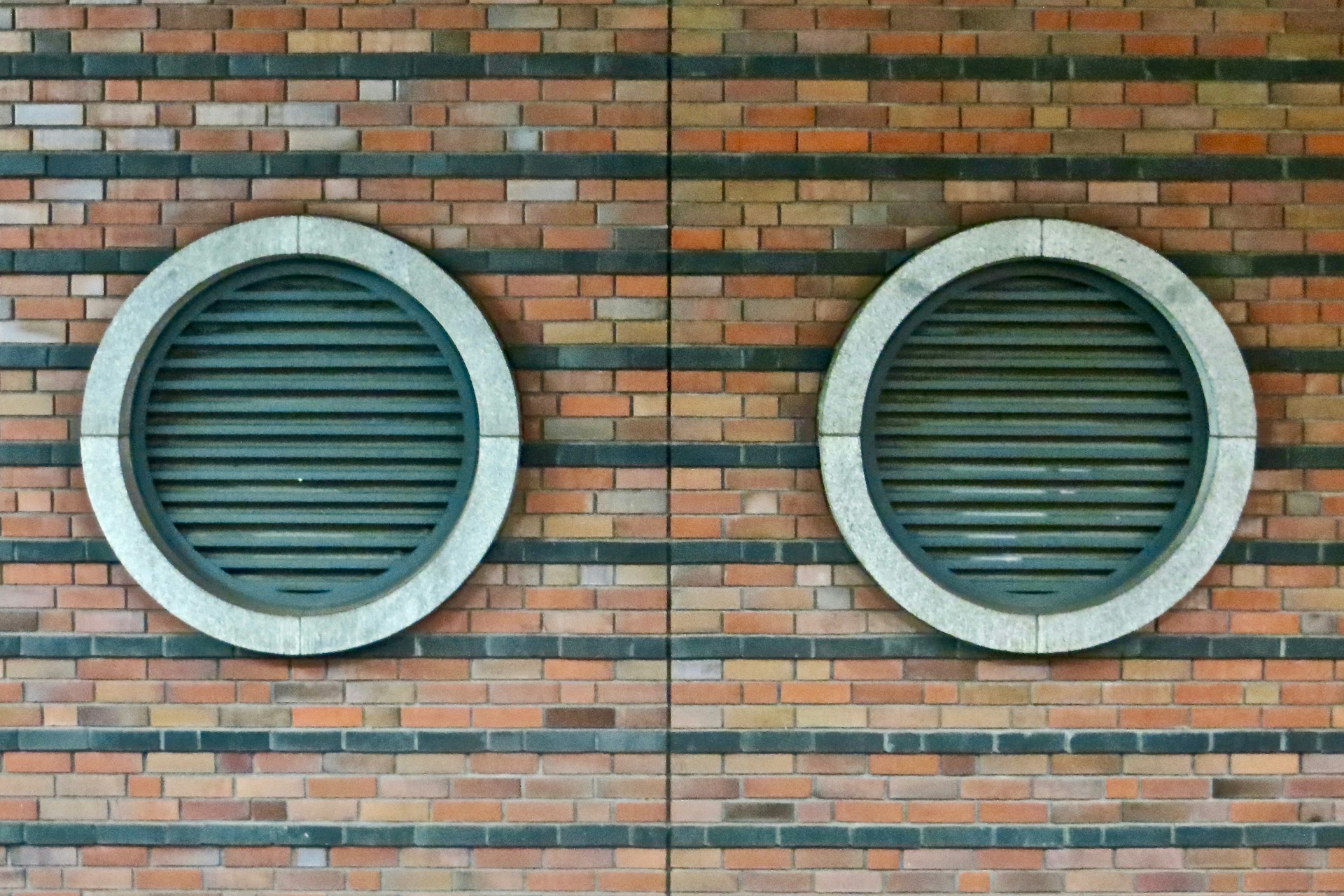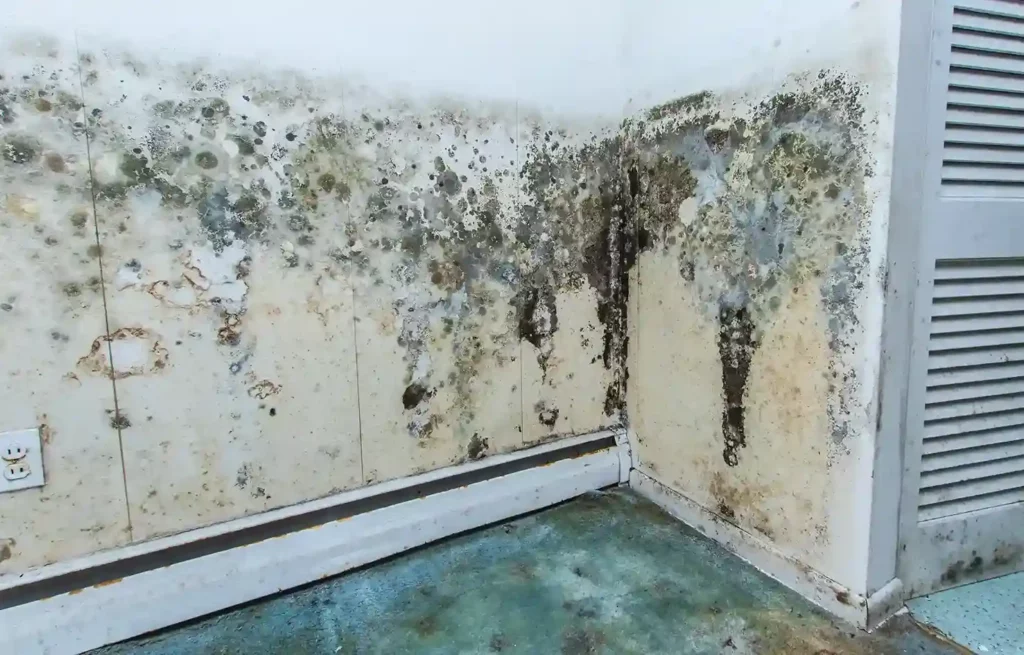In the intricate tapestry of maintaining a healthy indoor environment, the role of air ducts is often underestimated but profoundly impactful.
These concealed conduits play a crucial role in regulating the quality of air circulating within our living spaces, influencing our respiratory health and the overall well-being of occupants. As we delve into the complexities of air duct cleaning frequency, navigating the terrain of research findings and industry standards that guide optimal maintenance practices becomes imperative. This blog post aims to unravel the nuances surrounding air duct cleaning intervals, steering away from conjecture and delving into the tangible insights of rigorous research and established industry norms.
Air duct cleaning frequency is critical to proactive home maintenance, ensuring that the air we breathe remains free from contaminants and pollutants. The journey to understanding the optimal cleaning intervals involves a comprehensive exploration of factors such as usage patterns, environmental conditions, and the accumulation of particulate matter within the ducts. By peeling back the layers of this multifaceted topic, we embark on a journey that transcends superficial cleaning routines, delving into the core principles that underpin effective air duct maintenance.
We aim to empower homeowners with informed decision-making tools grounded in the latest research findings and aligned with industry benchmarks. In doing so, we equip individuals with the knowledge to cultivate a living environment where the air ducts act as silent custodians of pristine indoor air quality.
Understanding Air Duct Cleaning Frequency
Understanding the frequency at which air ducts should be cleaned is a nuanced exploration that delves into the dynamic interplay of factors shaping indoor air quality. Air ducts, the unseen conduits threading through our homes, play a pivotal role in air circulation, yet the question of how often they should be cleaned remains complex.
Usage patterns constitute a foundational element in comprehending air duct cleaning frequency. The demands placed on HVAC systems and air ducts vary significantly based on climate, occupancy, and lifestyle factors. Understanding how these patterns impact the accumulation of dust, debris, and potential contaminants within the ductwork is crucial in determining the appropriate cleaning regimen.
Environmental conditions, both external and internal, emerge as pivotal players in shaping the frequency of air duct cleaning. Climate, geographical location, and surrounding vegetation can contribute to varying particulate matter entering the ducts. Simultaneously, internal factors such as humidity, ventilation efficiency, and the presence of pets can impact the rate at which ducts accumulate pollutants.
By comprehending these environmental influencers, homeowners gain a deeper understanding of the contextual nuances that govern the cleaning needs of their air duct systems.
Furthermore, we delve into the concept of preventive maintenance in air duct cleaning, emphasizing the proactive measures individuals can take to mitigate the risk of contamination. Rather than waiting for visible signs of duct-related issues, adopting a preventive approach involves regular inspections, prompt addressing of potential concerns, and adherence to established guidelines.
This proactive stance safeguards indoor air quality and aligns with the overarching goal of promoting a healthier living environment.
Research Findings on Optimal Cleaning Intervals
Research findings on optimal cleaning intervals for air ducts serve as the compass guiding homeowners through the labyrinth of maintenance decisions grounded in empirical evidence and scientific inquiry.
This exploration aims to distill key insights from recent research endeavors, shedding light on the correlations between cleaning intervals and their impact on indoor air quality.
Recent studies have scrutinized the intricate relationship between clean air ducts and the overall quality of the air we breathe within our homes. These investigations delve into the dust, allergens, and contaminants that accumulate over time within the ductwork, examining the implications for respiratory health and general well-being. By analyzing the outcomes of these studies, we gain valuable insights into the benchmarks researchers propose for optimal air duct cleaning frequencies.
The correlation between clean air ducts and improved indoor air quality is a focal point of contemporary research. Understanding how removing accumulated particles positively influences the air we breathe is pivotal in establishing evidence-based guidelines for cleaning intervals.
Moreover, we explore the nuances of these research findings, acknowledging the variables that may influence optimal cleaning intervals. Factors such as geographical location, climate, and the specific characteristics of households play crucial roles in shaping the recommendations derived from scientific inquiries.
By recognizing the contextual nature of research outcomes, individuals can better understand how to apply these findings to their unique living environments.
Signs and Indicators for Air Duct Cleaning
Visible Mold Growth: One of the most overt signs necessitating air duct cleaning is the presence of visible mold growth. Mold within the ductwork not only poses health risks but can also compromise the efficiency of the HVAC system. Whether through a distinct musty odor or direct visual observation, identification of mold signals the need for prompt cleaning to mitigate health concerns and prevent further contamination.
Excessive Dust and Debris: A noticeable accumulation of dust and debris around vents or upon visual inspection of the ductwork may indicate a need for cleaning. Excessive dust can circulate throughout the living space, contributing to respiratory issues and diminishing indoor air quality. Regular cleaning intervals can help mitigate the buildup of these particles.
Unexplained Increase in Allergies or Respiratory Issues: A sudden or unexplained increase in allergies or respiratory issues among occupants may be linked to contaminated air ducts. Pollutants, allergens, and irritants trapped within the ductwork can be released into the air, causing health discomfort. Monitoring changes in health among household members can provide valuable insights into the potential need for air duct cleaning.
Inefficiencies in HVAC System Performance: Reduced efficiency in the performance of the HVAC system, such as uneven heating or cooling, may be a sign of obstructed ducts.
Accumulated debris and contaminants can impede the airflow, forcing the system to work harder to maintain desired temperatures. Regular air duct cleaning can contribute to the optimal functioning of the HVAC system.
Foul or Musty Odors: Unpleasant odors emanating from the air vents, often described as musty or moldy, can indicate microbial growth within the ducts. These odors compromise indoor air quality and signify potential health hazards. Addressing the source through professional air duct cleaning can eliminate these odors and enhance the atmosphere.
Balancing Frequency with Cost-Effectiveness
Balancing the frequency of air duct cleaning with cost-effectiveness is a pivotal consideration that requires a strategic approach to maintenance.
The first step in striking a balance is to assess the specific cleaning needs of individual households. Factors such as usage patterns, environmental conditions, and the presence of potential contaminants influence how quickly ducts may accumulate debris.
Understanding these variables enables homeowners to tailor cleaning frequencies to their unique circumstances, avoiding unnecessary expenses.
Aligning with industry standards and guidelines is crucial in determining appropriate cleaning intervals. By adhering to established norms, homeowners can ensure that their cleaning practices harmonize with recognized benchmarks. This approach contributes to maintaining optimal indoor air quality and provides a framework for cost-effective maintenance.
Evaluating budget considerations involves comprehensively examining the costs associated with air duct cleaning. While regular cleaning is essential for health, ensuring the financial investment aligns with the benefits derived is equally crucial.
Conclusion
In conclusion, the intricate world of air duct cleaning frequency demands a thoughtful and balanced approach that intertwines the imperatives of optimal indoor air quality with the practicalities of budget considerations. Exploring usage patterns, environmental influences, and industry standards provides a foundation for informed decision-making, allowing homeowners to navigate the nuanced landscape of maintenance intervals.
Recognizing the signs and indicators for air duct cleaning serves as a proactive stance toward preserving indoor air quality. By addressing visible mold growth, excessive dust, unexplained health issues, HVAC inefficiencies, foul odors, and pest infestations, individuals can preemptively respond to potential problems, contributing to a healthier living environment.
The delicate equilibrium between cleaning frequency and cost-effectiveness involves a strategic assessment of individual needs, alignment with industry norms, evaluation of budget constraints, and implementation of preventive measures. By understanding the specific requirements of their homes and adopting a proactive approach to maintenance, homeowners can strike a balance that ensures clean air ducts without undue financial burden.
Ultimately, achieving an optimal balance in air duct cleaning frequency empowers individuals to take charge of indoor air quality, promoting a living environment that nurtures health and well-being. As we conclude this exploration, the call to action resonates with the commitment to ongoing maintenance practices that align with research-driven insights and practical, cost-effective considerations.
In this synthesis of knowledge and pragmatism, homeowners find the tools to cultivate a living space where their air reflects a harmonious blend of health, efficiency, and fiscal responsibility.













